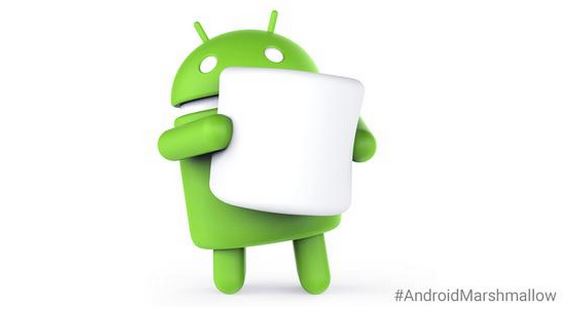
It's been more than three months since Sony released the Android Marshmallow OS to the former flagship smartphone Xperia Z3. Xperia Z3 owners, who are bored with the official software UI and want to get more out of the device can try installing the new LinuXRoM firmware.
In addition to the Android Marshmallow features, LinuxRoM offers new short-cuts, performance tweaks, extended battery life and numerous value-added features to enhance user experience.
Prerequisites (Things to remember before installing the custom ROM):
- This new LinuXRoM Android Marshmallow custom firmware has to be installed on the Sony Xperia Z3 model; if tried on other devices, it might get bricked [To check your device model: Go to Settings >> About phone >> model number]
- Make sure the device is rooted before going ahead with custom ROM installation. [Read More: How to Unlock Bootloader on Xperia Devices – Official Sony Video Tutorial]
- Installation of custom ROM requires clearing of memory in the smartphone, so make sure to back all the data by installing Clockwork Mod (CWM) Recovery/ TWRP in the smartphone.
- Make sure you have installed USB drivers on the PC, or else your smartphone (Xperia Z3) will not be recognized by the computer.
- Make sure your device has more than 80 percent battery, or else there is a chance of smartphone getting temporarily bricked if the installation process is interrupted mid-way.
[Disclaimer: This procedure is very technical and should be performed by a person with sound knowledge of rooting (or manual software installation) Android devices. If the step-by-step installation process is not followed properly, there are chances of the smartphone getting bricked or being permanently irreparable. IBTimes, India cannot be held responsible for any damage or claims from readers if the procedure does not yield the required results or if the smartphone is bricked. Hence, users are advised to proceed with caution.]
Step-by-step installation guide of LinuXRoM Android Marshmallow on Sony Xperia Z3:
Step 1: After Downloading LinuXRoM Android Marshmallow custom firmware and Google Apps in to your PC and connect Sony Xperia Z3 to PC via USB chord.
[Note: scroll down to find the downloadable files]
Step 2: Place Android M custom firmware .zip file and Google Apps .zip file into the phone's internal storage. [Note: Users are advised to paste the .zip file in SD card root, not in any other folder.]
[Note: Before users' begin installing the custom software, be sure that the device must have rooted and has installed ClockworkMod Recovery tool.]
Step 3: Turn off the device and disconnect from the PC.
Step 4: Perform the regular 'Recovery Mode' sortie by press holding 'Volume (Up)', 'Home' and 'Power' buttons.
Step 5: After entering the RECOVERY mode, clear the phone memory, by choosing 'wipe data/factory reset'
[Note: use Volume keys to navigate and power button to select options, while operating under Recovery Mode]
Step 6: Clear the cache memory by selecting 'wipe cache partition'
Step 7: Return to the ClockworkMod recovery, and select 'advanced' and tap 'wipe dalvik cache' [Note: This step is optional, but many recommend this procedure so that user will not face boot loops or any other errors in the middle of custom ROM installation]
Step 8: Navigate back to the main recovery screen and then tap 'install zip from SD card'
Step 9: Tap 'choose zip from sdcard' and go to Android Marshmallow ROM .zip file in SD card and enter the installation process. [Note: use Volume keys to navigate and power button to select options]
Step 10: Once done with the installation process, navigate to '+++++Go Back+++++' and re-start the device by opting 'reboot system now' seen in the recovery menu.
Now, your device (Sony Xperia Z3) will take at least five minutes (only for the first time) to complete the booting process.
Users then head to device's 'Settings' option>> select 'About phone' to confirm the installation of LinuXRoM Android Marshmallow custom firmware.
Downloadable files:
LinuXRoM Android Marshmallow custom firmware: HERE
Google Apps: HERE
USB Driver: HERE
[Credits: Team Android]











